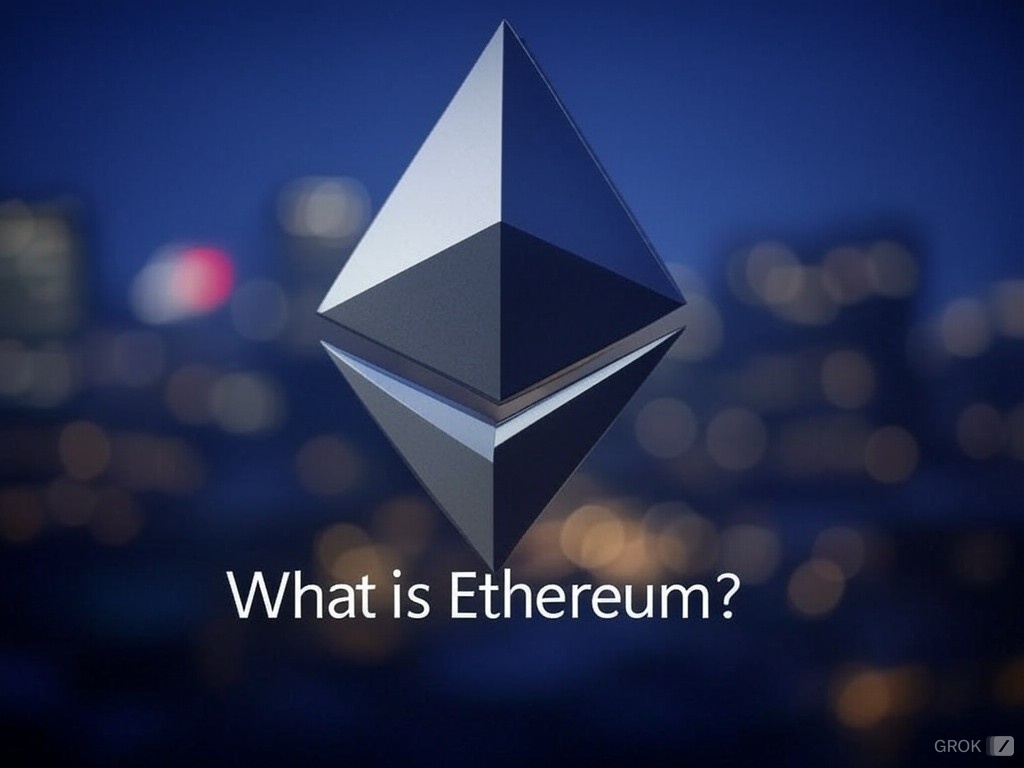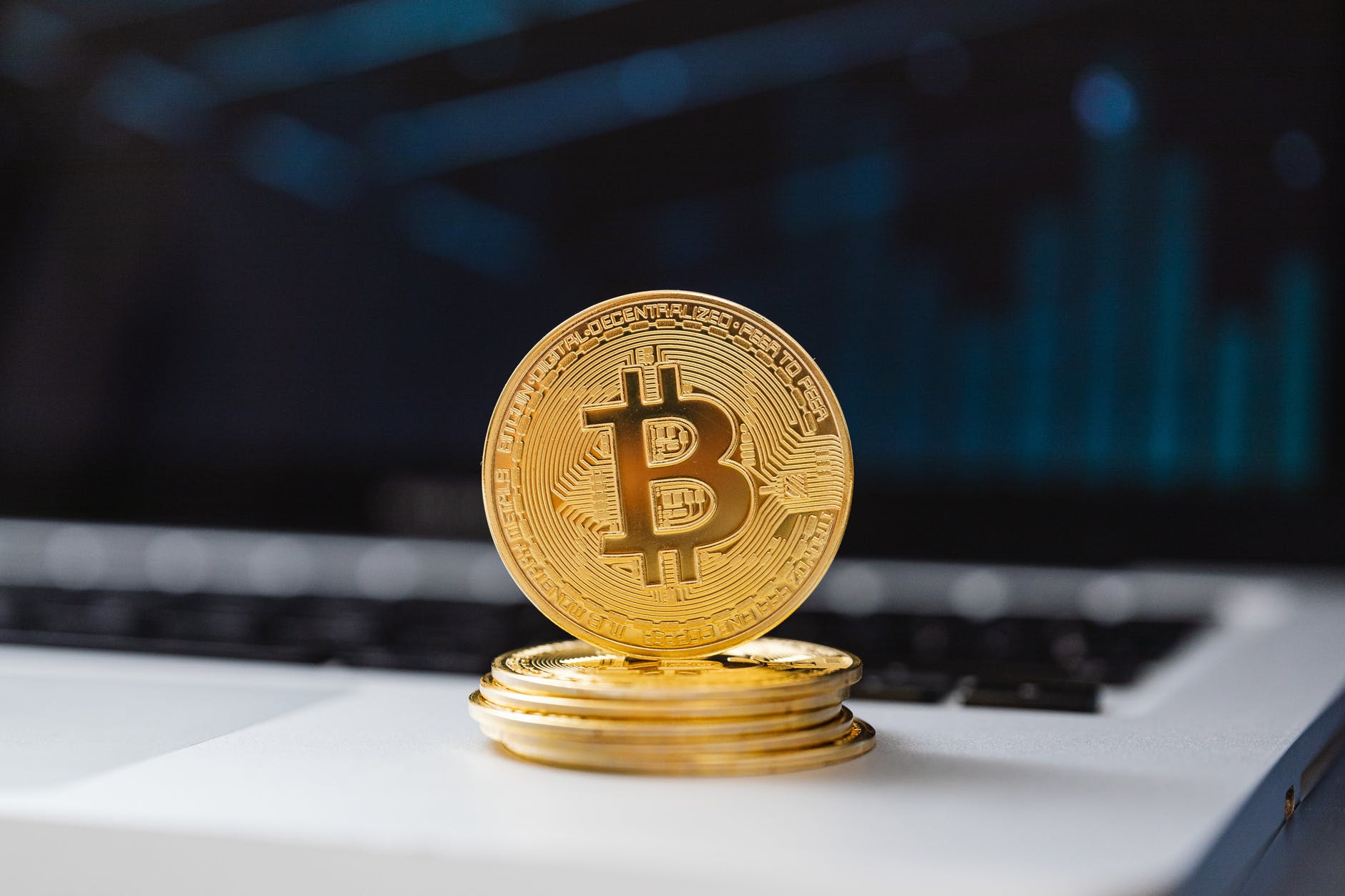

Bitcoin (BTC) rose to $84,000 and neared $85,000 after the US published encouraging inflation figures. The consumer price index (CPI) fell from 0.3% in January to 0.2% in February, better than the median estimate of 0.5%. This decrease translated to a year-on-year decrease from 3.0% to 2.8%, also better than the expected 2.9%.
Core inflation also fell to 3.1%, which is the lowest level in years. Core inflation excludes volatile products such as food and energy. These figures pushed crypto prices higher today, with Bitcoin rising above $84,000 and the total market capitalization of all coins increasing by more than 2% to $2.70 trillion.
Despite the positive inflation figures, there is no broader positive economic picture. This is due to recent decisions by Donald Trump to raise tariffs on goods from other countries. These tariffs will likely lead to higher consumer prices as businesses adjust.
The US CPI data came out while the market is waiting for the upcoming interest rate decision by the Federal Reserve between March 18 and 19. Economists expect the bank to indicate what the prospects are now that inflation in the US is likely to rise. In a statement, Ryan Lee, head of Bitget Research, said the following:
“The Bitcoin price may stagnate or fall from the current range of $83,000-$76,000, especially if a hawkish outcome strengthens the dollar and yields, putting pressure on risky assets. Even a dovish surprise, such as a rate cut, may not cause a sustained rally due to market skepticism and macroeconomic uncertainties, while the end of quantitative tightening only provides modest support.”
In addition, the bond market expects the Federal Reserve to focus on US economic growth and points to possible rate cuts later this year. In the recent past, there was already a hint of three rate cuts this year as the chance of a recession has increased.
The Bitcoin price performs well when inflation in the US falls due to the influence on the Federal Reserve. The Fed usually lowers interest rates when inflation falls to stimulate consumer spending. Thus, the Bitcoin price rose sharply in 2020 and 2021 when the Fed lowered the rate almost to zero. Also, in 2024, the Bitcoin price jumped when the Fed indicated it wanted to lower the rate.